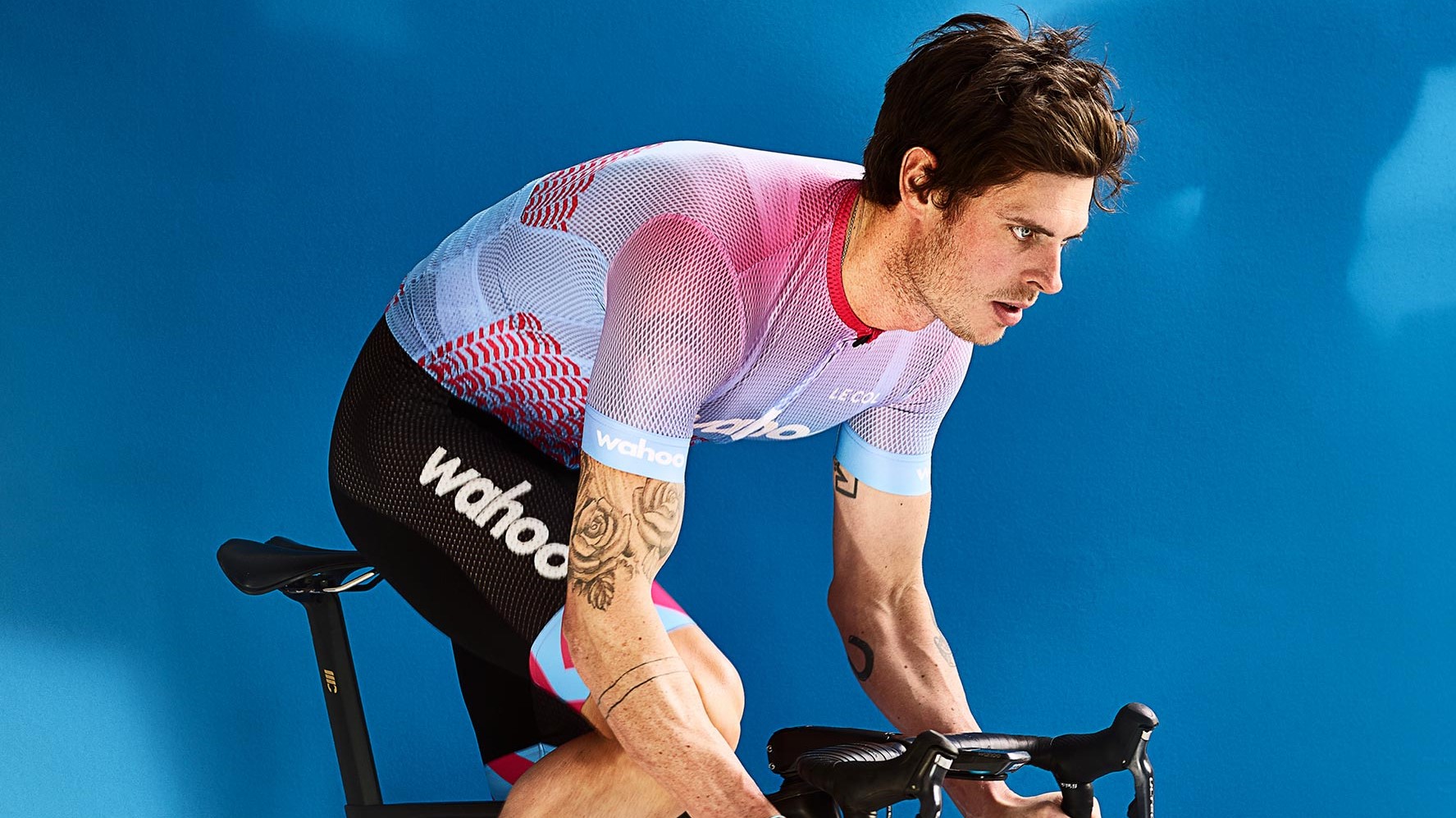Do you really need indoor cycling clothing to ride indoors?
Indoor training is rampantly popular. But do you really need to buy dedicated indoor cycling clothing?

Technology has made indoor training deeply more popular that it was a decade ago.
Amazing virtual cycling worlds by the likes of Zwift, paired with a new technology continually improving the best turbo trainers, have won over even the most ardent critics.
The indoor trainers we use are more lifelike than ever before and on our device screens, we can now revel in high-definition graphics, instead of staring at a television screen relaying last season’s football highlights.
In a world where enforced indoor training is becoming a reality due to self-isolation practices, more riders will be riding longer and harder, in their living rooms, than ever before.
One aspect of cycling which has now finally joined the indoor-specific technology spectrum is clothing. In the last few months, some of the most renowned garment brands have launched indoor training gear, including Rapha and Le Col.
The question with indoor training kit is: marketing cheekiness or necessity? Perhaps a bit of both.
Brands could simply no longer ignore the surging popularity of indoor training. Accessible data proved that the numbers were irrefutable, with riders clocking massive indoor rides and peaks of intensity on their new-generation indoor trainers. The question of application-specific clothing had to be answered.
The latest race content, interviews, features, reviews and expert buying guides, direct to your inbox!
Do you really need dedicated indoor cycling clothing?
Is a new set of indoor cycling clothing really worth the investment? To believe that it might be, you’d have to suppose that indoor training has a dynamic and environmental requirement which doesn’t exist on your traditional road ride. And you’d be right.
The best cycling jerseys and cycling shorts will have two main functions: temperature management and dynamic comfort. Your gear is supposed to keep you warm when you are cold, and cool you down when temperatures climb. Cycling clothing also serves an ergonomic purpose, to prevent friction rashes and save you from glute fatigue, when spending hours powering away in the saddle.
Indoor training can simulate all the intensity of an outdoor ride, without the benefit of natural airflow. This is perhaps the most important issue which has made the marketing of indoor-specific training garments viable.
If you are riding close to your threshold or suffering through a three-hour endurance session, your living room is never going to provide the cooling airflow that being outside at 15-20mph does.
- How to train to win a Zwift race
- How to race on Zwift - top tips and setup advice
- Elite Direto X smart trainer review
Scrutinise the latest offering of indoor training kits and they all feature generous mesh inserts, to facilitate optimal skin surface area cooling and moisture-wicking. Sweat management is a specific challenge with indoor cycling, as you don’t benefit from environmental airflow.
Understanding the need for cycling gear with superior airflow and moisture management is simple enough, but is there an argument for indoor appropriate gear based on comfort? Rapha markets its indoor cycling shorts without a traditional bib-strap, which makes sense and saves the extra unnecessary skin coverage.
Indoor riders don’t wear helmets either, but the head generates a considerable volume of perspiration. To manage this, Rapha produced a sweat cap almost completely constructed from mesh, to cool you – quite the opposite of traditional skullcaps, which are purposed to keep your head warm.
The reality is that coronavirus might force more of us to train at home than ever before. Riding your turbo trainer or spinning on the rollers might be crucial to mental wellbeing, during the lockdown period which is now looming.
If you wish to remain on schedule with a training plan or desire the mindfulness of just riding, the cycling industry might inadvertently have given us that bit more comfort, by providing indoor-specific riding gear.
What do you think about indoor cycling clothing? Let us know in the comments below.
Lance Branquinho is a Namibian born media professional, with 15-years of experience in technology and engineering journalism covering anything with wheels. Being from Namibia, he knows a good gravel road when he sees one, and he has raced some of Africa’s best-known mountain bike stage races, such as Wines2Wales and Berg&Bush.
